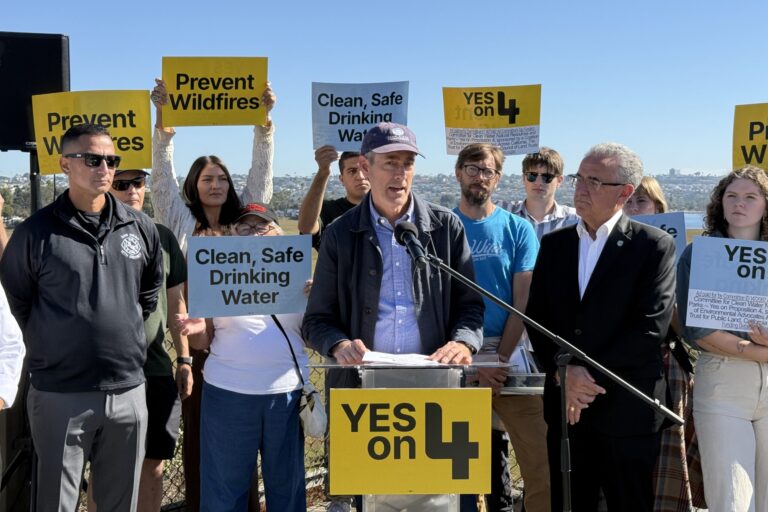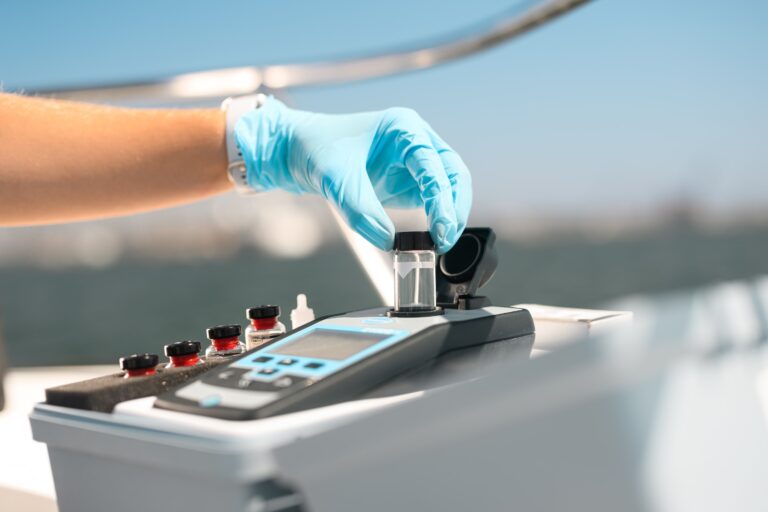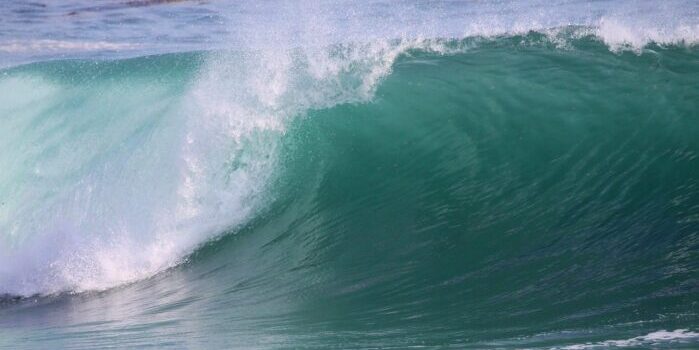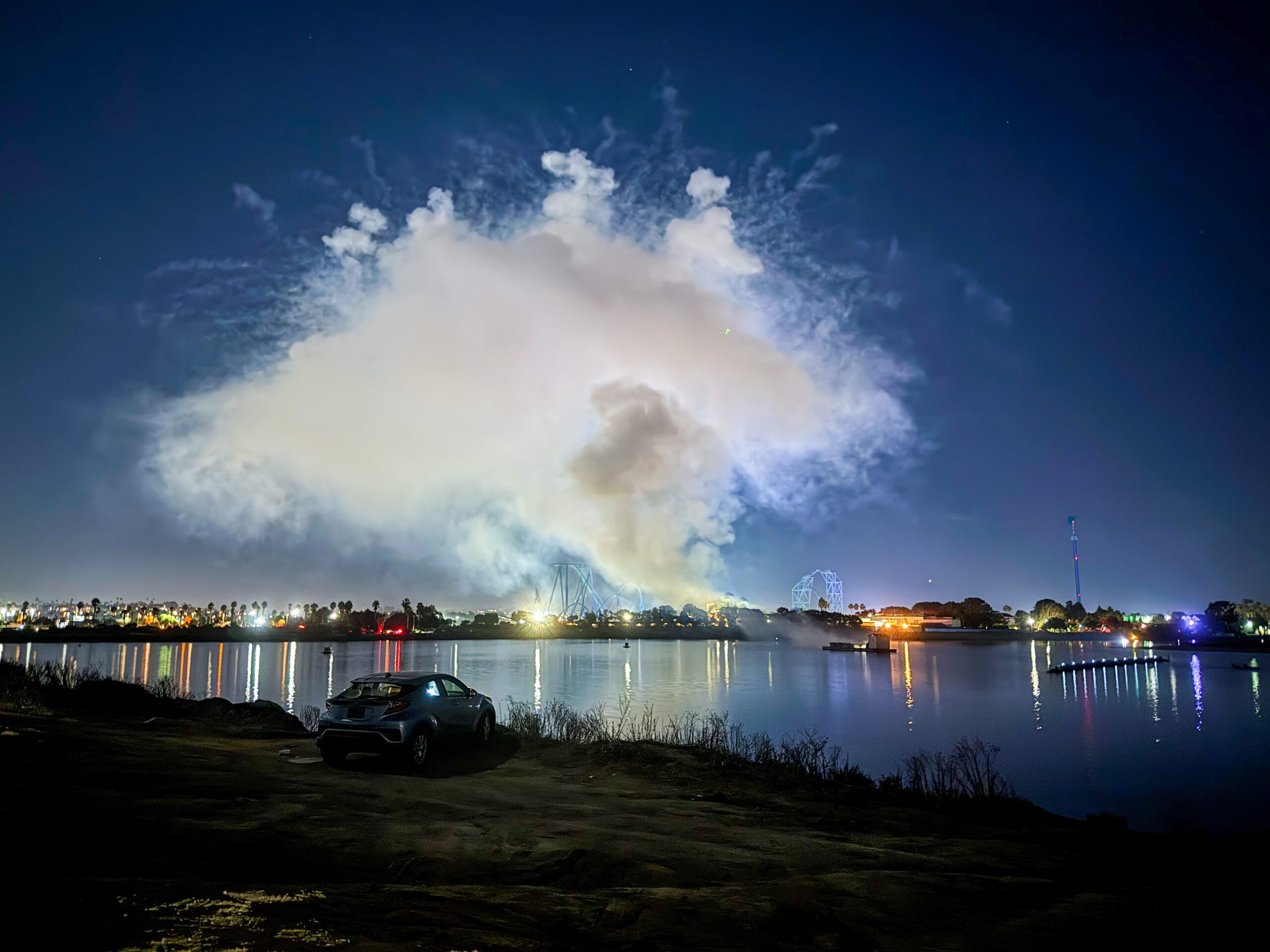Protecting and restoring Fishable Swimmable Drinkable Waters in San Diego County
Latest News
Explore Our Programs
We balance advocacy, community outreach, education, and science to promote stewardship of clean water and a healthy coastal ecosystem.
Select a program below to learn more about each element of our multi-pronged approach to protecting San Diego’s rivers, streams, and coastline.
San Diego Water Quality Map
Urban runoff following rains, sewage spills, and other factors commonly influence coastal water quality in San Diego County. Planning to head out to surf or swim today? Check the beach water quality map for current closures and advisories. In the meantime, we’re working hard to protect San Diego’s water quality so that these closures happen less and less frequently, because we believe clean water is a fundamental right shared by both humans and the environment.
Learn More About Water Issues in San Diego
From the latest in statewide conservation policy to in-depth looks at the relationship between water and energy, the Coastkeeper blog is full of useful, timely information for the curious mind.
Tijuana River Sewage Crisis Funding Update 2025
The most important resource in the race to fix the Tijuana River Sewage Crisis is state and federal funding. Here’s where we’re at in 2025.
Suing SeaWorld: Breaking Down Our Legal Battle With The Infamous Theme Park
From toxic fireworks debris to improperly treated aquarium wastewater, SeaWorld has a years-long history of violating Clean Water Act permits while knowingly risking public health and the environment to maintain outdated traditions aimed at getting park visitors to spend to the end.
A Mid-Year Look At Marine Debris and Beach Cleanup Data
Plastic, polystyrene foam, and cigarette butts are the most common pieces of marine debris found on San Diego’s beaches. This article looks at San Diego Coastkeeper’s mid-year beach cleanup data to see how much trash we’ve removed from our beaches.























